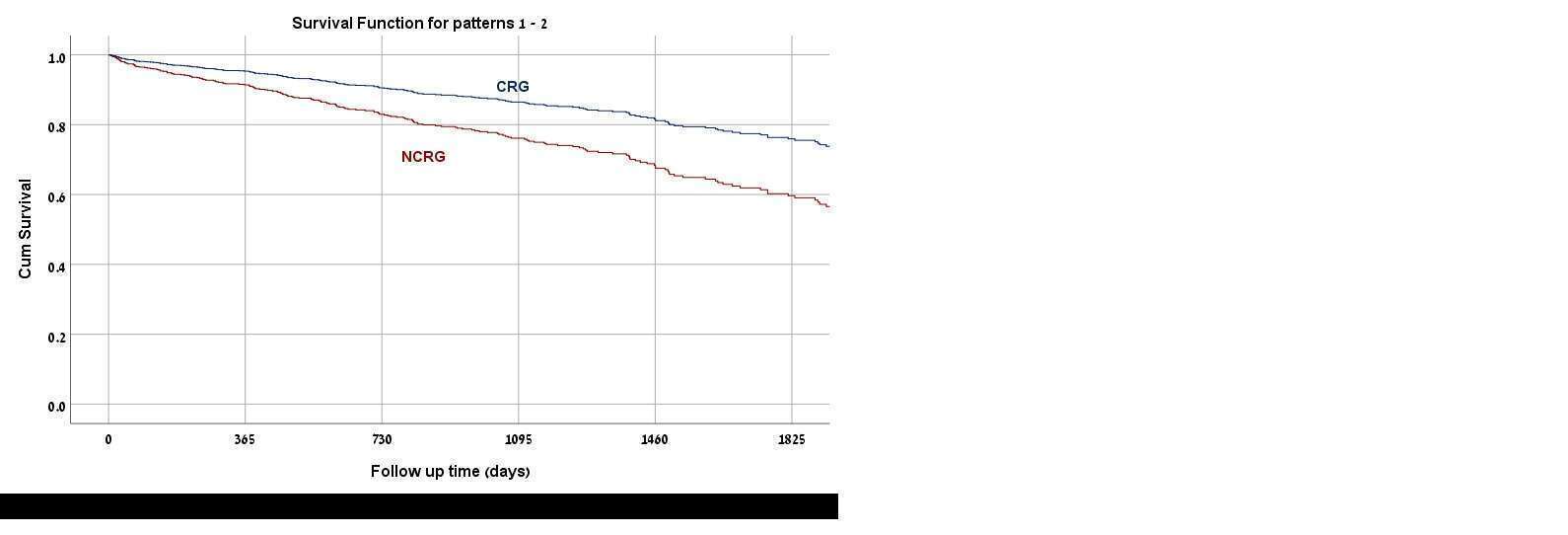
Cardiac Rehabilitation Program Following Transcatheter Aortic Valve Implantation – Mid and long Term Outcomes
Introduction: Benefits of Cardiac Rehabilitation (CR) after surgical aortic valve replacement are well documented and yet despite the expanding use of trans catheter aortic valve implantation (TAVI) worldwide, the literature is scarce as to the effect and the importance of CR following the procedure. Our aim was to evaluate the feasibility, safety, and outcome of CR program following transcatheter aortic valve implantation.
Material & Methods: All patients who underwent the TAVI procedure in Shaare Zedek medical center between 2008 – 2020 were included. Patients` group in the CR program (CRG) were compared to Non-CR group (NCRG) in a retrospective analysis. Patients were analyzed for baseline clinical and echocardiographic characteristics as well as mid and long term outcomes.
Results & Discussion: A total of 976 TAVI patients were included in our study. 103 (13.5%) of them participated in the rehabilitation program (CRG). The median CR program duration was 25 (9-52) weeks. NCRG patients were overall older (81.6±8 vs 79.6±6 y; p=0.010), had statistically more prevalent chronic renal disease (32% vs 17.5%; p=0.003) and clinical heart failure (35.2% vs 20.4%; p=0.003) as compared to CRG patients. Median follow-up time was 2.1[1.0-3.9] years. Mortality rates were significantly lower among CRG patients as compared to NCRG (HR=0.50; 95% CI 0.29-0.85; p=0.010).
Conclusion: Cardiac Rehabilitation following TAVI is safe, well tolerated, and is associated with reduced mortality in mid and long term follow up.

Powered by Eventact EMS